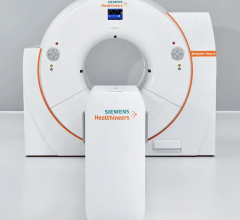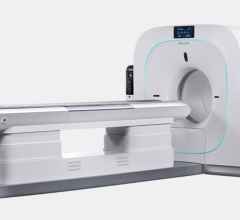If you enjoy this content, please share it with a colleague
RELATED CONTENT
July 25, 2024 — Positron Corporation, a leading molecular imaging medical device company offering PET & PET-CT imaging ...
According to research conducted by Polaris Market Research, the global positron emission tomography (PET)/computed ...
July 25, 2023 — Positron Corporation, a leading molecular imaging medical device company, is pleased to announce that ...
With concerns about radiation dose and reducing unnecessary imaging scans, advances in computed tomography (CT) systems have brought about technologies such as iterative reconstruction software, intraoperative capabilities and dose-tracking software. In addition, recent studies on the use of CT on select patient populations and the modality’s benefits in detecting certain cancers are showing that the risks of CT imaging can go both ways. While CT exams can add to a patient’s lifetime exposure to ionizing radiation, they can also be more beneficial in cases where magnetic resonance imaging (MRI) or ultrasound might not be able to detect early-stage cancers. Some of these trends in utilization indicate that appropriate low-dose CT imaging will be key across patient populations.
April 30, 2009 - The FDA has granted 510(k) clearance of UroCARE, a software application package for the assessment of urinary anatomy using multislice computed tomography (CT) data, developed by Neuisys.


 July 25, 2024
July 25, 2024 


